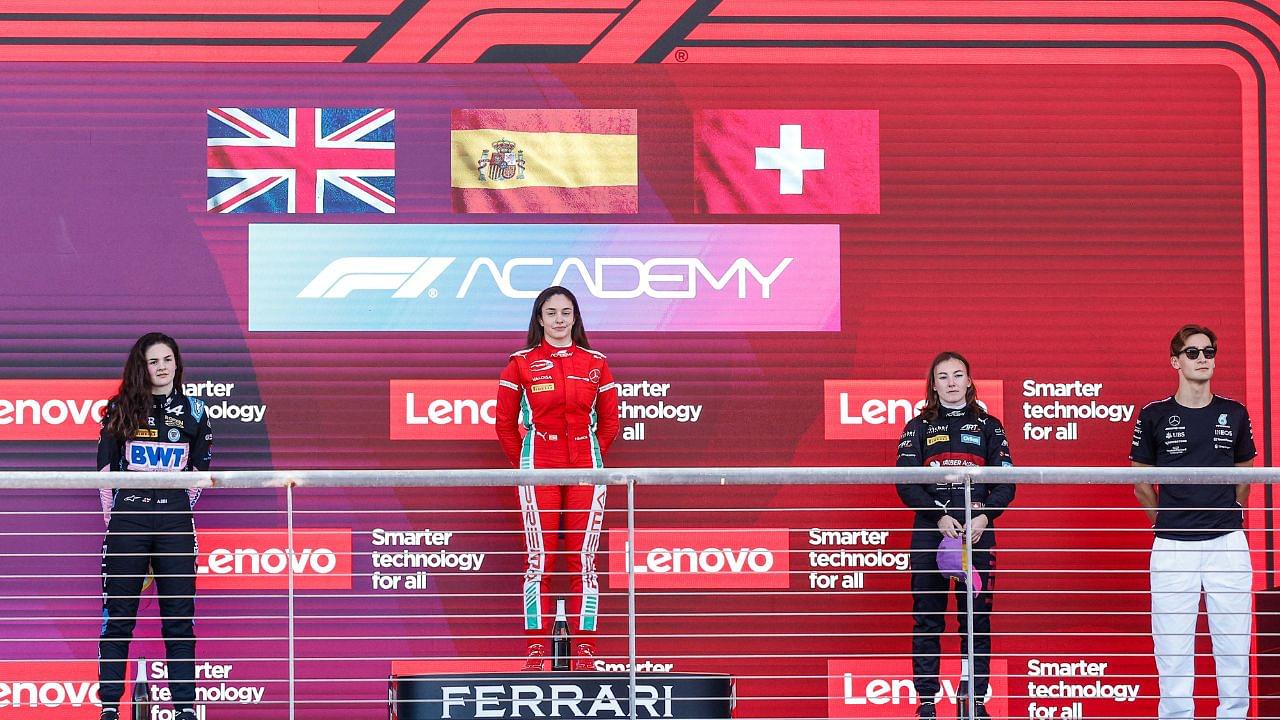Although the FIA has taken a huge step forward to including women in most motorsports, they have not done much in F1. The same is reflected as a result of the language their sporting regulations use for the Formula categories. However, this may change soon as the FIA is keen to take a big step forward for the 2024 regulations when it comes to the junior categories.
According to SoyMotor, the FIA will write the 2024 sporting regulations for F2 and F3 in more inclusive language. They will focus on using language that reiterates their stance that there is no gender division in F1. Often, these regulations use male pronouns, indicating that no female driver is participating in the series.
However, that is not always the case. Many women have raced in the junior categories that FIA governs as well. There is also criticism that due to the male-centric tendency, it can lead to loopholes as certain regulations may only apply to male drivers or vice versa.
Thus, to remove and standardize such gray areas, besides inclusivity, the FIA is looking to pivot the masculine terminologies in its regulations. However, nothing has been said about whether this will happen for F1 as well or not.
Regardless, to illustrate we can take Article 24.15 of the F2 regulations. In the 2023 edition, it read, “Unless he used wet weather tires during the feature race, each must use at least one set of each specification of dry weather tires during the feature race.”
The 2024 document will read, “Unless using wet weather tires during the main race, each driver must use at least one set of each specification of dry weather tires during the main race”
Is FIA doing enough after the numerous developments for women in motorsport?
While the FIA is looking to take steps, many women drivers have raised the stakes for female representation in the racing world in the past few years. The latest one is Marta Garcia, who won the inaugural F1 Academy championship in 2023.
She will race for Prema racing in 2024 in the Formula Regional European Championship by Alpine. The Spaniard’s step up to FRECA is huge and highlights the need for FIA’s more inclusive regulations for 2024.
Besides this, the F1 Academy will also get a boost for the upcoming season with F1 getting more involved. All 10 F1 teams will have one driver in the F1 Academy with their livery on their cars.
BREAKING: In a momentous move, Inaugural F1 Academy Champion Marta García secures a fully funded race seat for the 2024 Formula Regional European Championship by Alpine.
An exciting chapter in her racing career awaits!#F1Academy pic.twitter.com/40ikpfuSHH
— F1 Academy (@f1academy) October 26, 2023
This will make 10 of the total 15 drivers backed by F1 teams and have a better chance of progressing up the ladder. It will also reduce entry costs for their entries in the competition, as they will be part of the teams’ development programs.
Before F1 Academy, the W Series was the series where women racers competed. However, the key difference between the two series has been the W Series’ desire to become too much too soon. F1 Academy has instead opted for slow but strategic growth.
Big changes coming in 2024! ️
15 cars, 5 teams
All 10 F1 teams take a livery on an F1 Academy car
F1 teams choose their driver for their liveried car
Remaining 5 drivers supported by partners
F1 Academy joins the F1 calendar
Global racing & F1 Academy… pic.twitter.com/i5nSqYNFzl— F1 Academy (@f1academy) November 17, 2023
W Series faltered under the weight of its ambitions. Besides, there was no guarantee that the W Series champion would progress further to F3 and F2 and eventually get into F1.
F1 Academy is avoiding this to ensure there is a path for its racers to get to F1 one day. Besides its objectives are better defined as it is a product of Formula 1. Thus, there is better clarity on how to run a series effectively and achieve growth as well.








